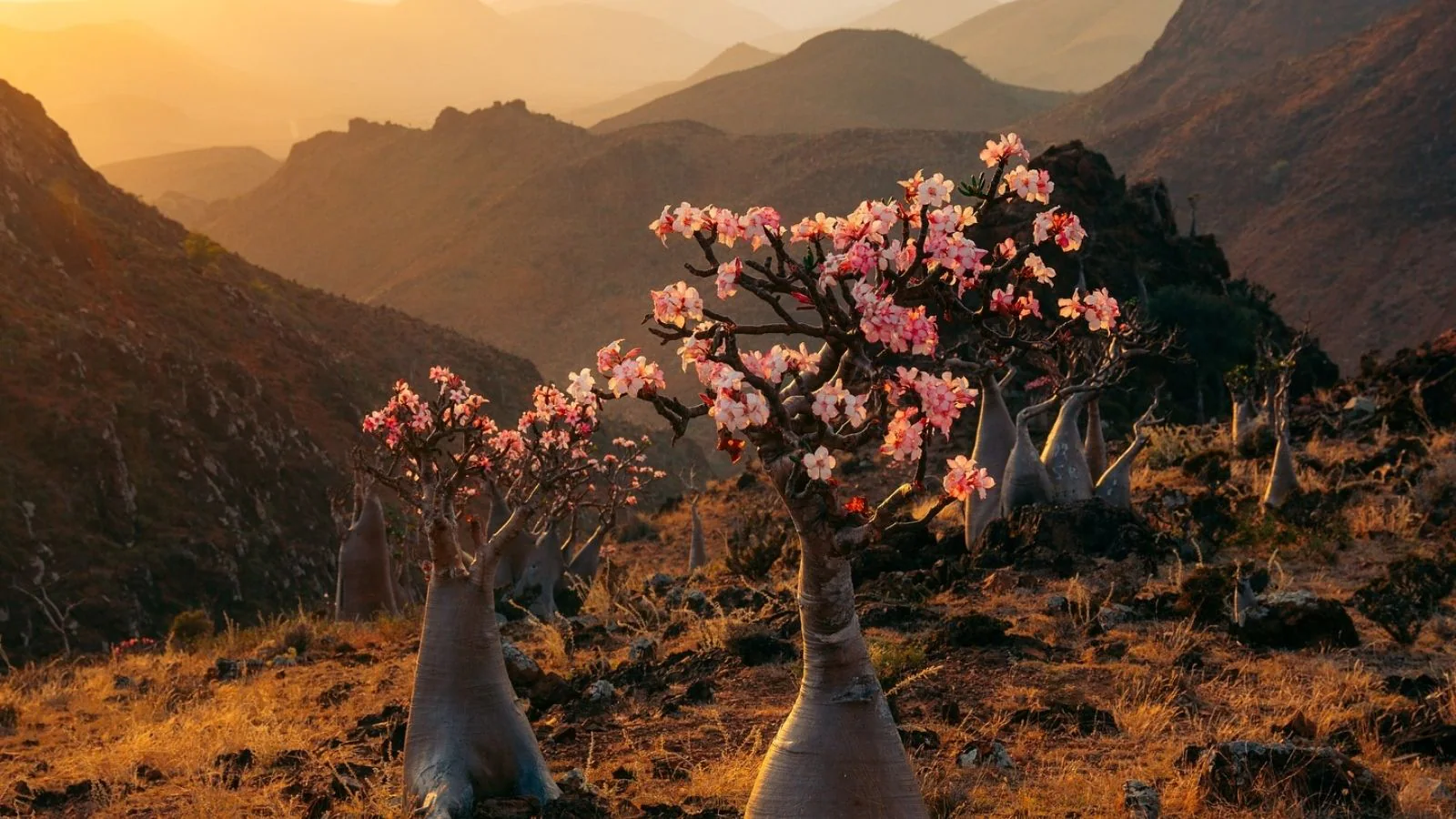Copyright news18

Socotra Island, part of the Socotra Archipelago in Yemen, is one of the most otherworldly places on Earth. (Image: Wikimedia Commons) Often dubbed the “Galápagos of the Indian Ocean” and the “Alien-Looking Island,” Socotra is a surreal blend of bizarre landscapes, rare species, and ancient traditions that make it feel like a lost world. (Image: Facebook) Socotra’s biodiversity is its crown jewel. It was designated a UNESCO World Heritage Site in 2008 due to its extraordinary flora and fauna. (Image: Instagram) In fact, Socotra earned the “alien” nickname due to its strikingly unusual terrain and bizarre plant life that seem straight out of a science fiction movie. (Image: Instagram) Its standout landscape include the Dragon’s Blood Trees (Dracaena cinnabari) and Bottle Trees (Adenium obesum socotranum), and the limestone caves, sand dunes, and jagged mountains that create a dramatic, almost Martian landscape. The island’s isolation for millions of years allowed species to evolve in complete uniqueness, giving it an eerie, untouched vibe. Photographers and travelers often describe Socotra as “unearthly,” “dreamlike,” or “like walking on another planet.” (Image: Instagram) The island is home to 192 bird species, including several endangered and migratory birds. Ninety percent of its reptiles and 95% of its land snails are endemic. Marine life includes 253 species of reef-building corals, 730 coastal fish species, and 300 types of crabs, lobsters, and shrimp. (Image: Instagram) Visiting Socotra is a journey into the wild. Khuriya Muriya Beach and Detwah Lagoon offer pristine waters and untouched coastlines. Hiking in the Dixam Plateau reveals dramatic limestone formations and endemic plant life. Camping under the stars is common, as infrastructure is minimal and eco-tourism is the norm. (Image: Instagram) Socotra’s population speaks Soqotri, a South Semitic language unrelated to Arabic. The island’s culture is deeply rooted in oral traditions, poetry, and folklore. Frankincense and myrrh still play a role in daily life, and many locals practice traditional medicine and fishing. (Image: Instagram) The best time to visit is October to April, avoiding the monsoon winds of May-September. Flights are limited, usually via Cairo or Abu Dhabi, and permits are needed due to its sensitive location and conservation status. (Image: Instagram)



